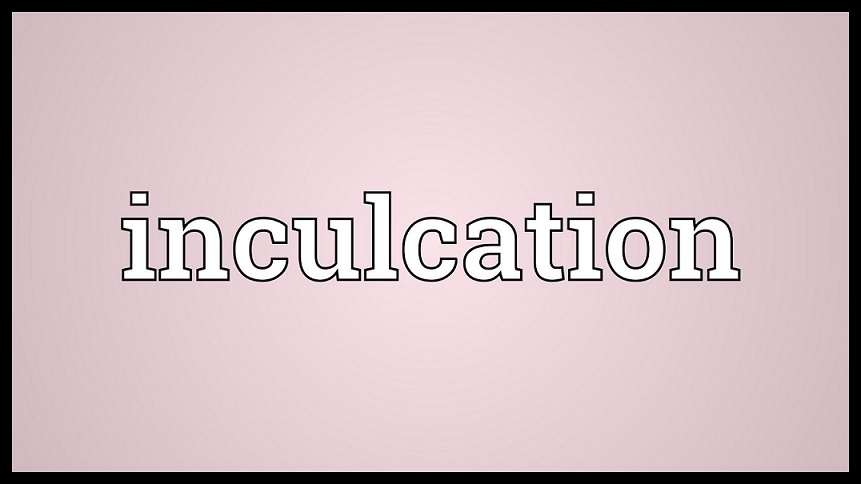You probably have heard of the inculcation movement if you have a child or are planning to have a child. This is the idea of teaching children the importance of values. They learn about Math, geography, and the environment, as well as how to reason out things. In the process, they become better human beings. It would be best if you learned about this movement and how you can help your child so that you can give them the tools they need to succeed in life.
Values education
Values education is an essential component of the teaching-learning process. It helps develop values such as virtue, benevolence, and universalism. In addition, it helps students to understand right and wrong behaviors.
Schools play a vital role in shaping young people. Their influence includes parents, educators, communities, and other agencies. Nevertheless, value education has been a topic of study since ancient times.
Today, value education has been given more attention to ensure the continuity of society. As a result, several value models are proposed in the research literature. Some of them are frequently cited.
Education-based research focusing on values emphasizes the importance of formal and informal educational interventions. It also highlights the role of students, parents, and peers.
Moral reasoning
Moral reasoning is the art of making decisions based on moral considerations. In other words, it is the art of taking stock of the available facts and evidence to arrive at a decision. Ideally, this would lead to a morally acceptable decision.
It is a complex task. There are many pitfalls and hurdles. For example, you may need help determining the correct moral theory to use in a particular situation. Ethical theories tend to emerge from a set of broadly held and often conflicting moral convictions. If you are a moral philosopher, you might try and tie moral theory to practical reasoning.
Despite the difficulty, moral reasoning is a worthwhile pursuit. Moral theory and rational thinking are two facets of human psychology that often go hand in hand.
Math, geography, and environment
If you’re in the market for a new house or looking to upgrade your office mates to a more upscale dig, you’ll want to check out some funky newfangled gizmos. A bit of research and hard work will pay off big time. You’ll soon have a home of your own. The best part is you’ll enjoy the experience for years to come! There’s a small price to pay, but that’s not the point! Taking the time to appreciate what the world has to offer is one of the most gratifying things to do in life. After all, you have yet to determine when or where your next adventure will take you.
Analysis
It’s a well-known fact that inculcation is one of the oldest methods of teaching and re-teaching knowledge to children. There are two main types of inculcation. One involves teaching values, and the other involves transferring ideas from teacher to student. Both involve the nebulous notion that if you repeat something, it will sink in’.
As a rule of thumb, most educators view values as socially accepted rules or as culturally endorsed standards. However, this is only sometimes the case. For instance, the military has long employed the process of inculcation to impress a recruit with its values. This method relies on a black-and-white worldview and a cartoon reduction of the world into two opposing opposites.
Clarification
Values Clarification is an educational method that helps students discover and explore their values. This approach arose from humanistic psychology, focusing on an individual’s internal valuing process. The system is based on Simon and Kirschenbaum (1973) and Raths, Harmin, and Simon (1978).
Values clarification strategies help students discover and discuss the values that guide their behavior and relationships. These include games, songs, and hypothetical dilemmas. During this process, students “incorporate” matters into their own systems.
Although the term is often associated with counseling psychology, this teaching method is more individualistic than social. Most educators think of values as rules or cultural standards. However, the Values Clarification approach views the human being as an active and reactive organism, a subject that must be assisted in developing its internal processes.
